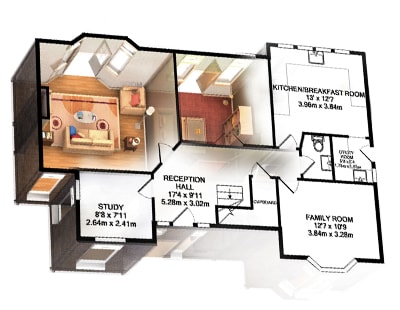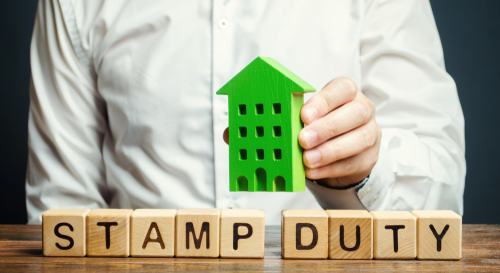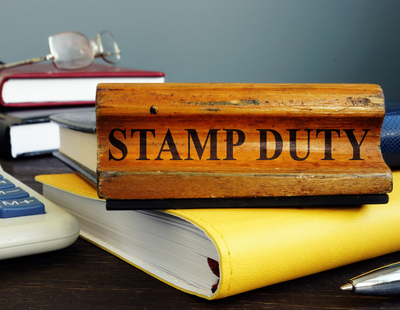This is not a fact lost on sellers and agents, and it would be incredibly unorthodox to advertise a property for sale without providing details of its space, particularly in London.
In this respect, house hunters are unknowingly disadvantaged, having been provided with inaccurate spatial measurements.
The scale of property mismeasurement
There is no question that the property sector is filled with honest and hardworking people, working tirelessly to help house hunters find their dream home. However, it would also be correct to say that the issue of mismeasurement is endemic, and something faced by the entire industry.
You’d only need to look towards the national media for notable examples of mismeasurement. The Daily Mirror reported of a case in London where a buyer sued an estate agent for overestimating the size of a property by 258 square feet, which had subsequently led the buyer to overpay by £20,000.
Similarly, a Financial Times investigation which looked at upwards of 200 properties found that more than half had ‘floor plans either much larger or smaller in square footage compared with another agent selling the same property’, with the floorplan varying by as much as 300 square feet in one case.
Our own study, however, is perhaps most telling of the massive scale of the problem. Looking at more than 300 properties, we compared floor plans used by agents with our own – which are guaranteed to be 99% of the property’s true size and insured for accuracy – and shockingly found that nearly two-thirds had over appraised a property’s size.
This resulted in an average mismeasurement of 32 square feet for a flat, and 92 square feet for a house.
Accurate measurement is significantly valued by consumers, with our YouGov poll revealing clear data: 89% say the size of a property influences the price they’re willing to pay for it and 90% believe the marketing materials estate agents produce should have accurate property measurements.
Furthermore, 91% believe estate agents should be required by law to produce accurate measurements when selling a property.
Why does it matter if a property is mismeasured?
There are a number of implications for buyer, renter, seller and agent. From the buyer and seller’s perspective, price per square foot is an important metric for determining a property’s value.
Discrepancies will lead to the property being listed at a price which is inappropriate based on its true size. Industry data shows that the average property in England and Wales costs £274.43 per square foot, and applying this to our own model, this would suggest that they’re being miss-valued by an average of nearly £15,000. The effect of this is even greater in the London area, where properties are mismeasured by an average of over £33,000.
This mismeasurement leaves an agent open to legal action under consumer protection legislation – specifically the ‘Consumer Protection from Unfair Trading Regulations (2008)’ and the ‘Business Protection from Misleading Marketing Regulations (2008).
The laws offer equal protection to potential buyers and viewers of the property in addition to the final purchaser, so agents could find themselves liable to information provided on tours. Further, guidance supplied by the National Trading Standards Estate Agency Team specifically states that misdescribing the ‘size of rooms’ should be seen as a misleading act, thus those falling foul of the law could be subject to economic penalty, reputational damage or, in the worst cases, a custodial sentence.
Why are properties so commonly mismeasured?
The vast majority of floorplans are measured and created by property photographers, who have neither the qualification nor the technology to deliver accurate information - nor the duty of care.
The floorplans that property photographers deliver are misleading, fraudulently appearing as technical drawings with precise numbers around area measurement, when they are not.
Property photographers hide behind the “For Illustrative Purposes Only” fine print in an attempt to abdicate themselves of the responsibility of trading with correct information. This, in turn, compromises the integrity of the estate agent and their brand.
On top of that, RICS (Royal Institution of Chartered Surveyors) measurement codes are complex, with GIA, NIA, and IPMS all based on subtle technical differences that property photographers often get wrong.
While it’s relatively easy to calculate the total of a square or rectangle-shaped room, 73% of rooms in the UK are irregularly shaped (based on Spec’s 2019 white paper ‘Risks and Costs of Mismeasurement in Residential Property’), and this presents a significant risk for miscalculation.
Accurately determining the size of rooms with features like curved walls and sloped ceilings requires sophisticated maths, and it’s almost certain that someone with limited expertise will apply the formula incorrectly.
Even if an individual has the required arithmetic skill, they will not have access to the equipment required to collect the correct figures. Tape measures are outdated and difficult to control, and they must be held perfectly level otherwise the figures returned will be inaccurate.
Even laser disto-based measurement systems – which allow for the collection of a handful of points of data per room – have their downsides. They should ideally be used in combination with a tripod, which many property photographers do not have, as even a slight deviation in angle will result in a markedly different measurement.
In addition, they are ill-suited for irregular-shaped rooms where significantly more data points are necessary to achieve true accuracy.
Any interested party does have the option to outsource this measurement to a chartered surveyor, however, this is often difficult to book, much more expensive and very time consuming.
Technology as a solution
Before considering technology, proper training and accreditation is the essential foundation upon which accurate measurement is built. Anyone measuring a property must be a RICS-Certified Property Measurer, with a thorough understanding of codes and implementation across a range of property types.
Then, with lidar scanners, SLAM (simultaneous localisation and mapping) and AI, properties can be captured with new levels of accuracy, allowing us to be able to precisely recreate those properties in 3D.
By capturing millions of points of measurement per property, we are able to deliver measurement data that is millimetre-accurate. This includes those that would have formerly gone unnoticed by the human eye.
This computer vision technology allows us to eliminate the problem of human error and ensure that the measurements are compliant with industry standards. Whereas it has previously taken a traditional surveyor a few days to return a property’s measurement results, this is done instantly by harnessing the processing power of machine learning algorithms in the cloud.
As such, we are able to build trust and transparency in the process. Buyers and sellers can engage in transactions with confidence, and agents can protect themselves against the commercial and legal risk or mismeasurement.
Mismeasurement is an unfortunate blight on the UK’s world-leading property sector. Previously, ensuring that we had completely accurate measurements was impossibly expensive, difficult, slow and prone to error.
However, by using the latest computer vision and machine learning technology we can ensure that more people can purchase with confidence, driving the sector towards a brighter future.
*James D. Marshall is CEO at Pupil, which powers Spec

























Join the conversation
Be the first to comment (please use the comment box below)
Please login to comment